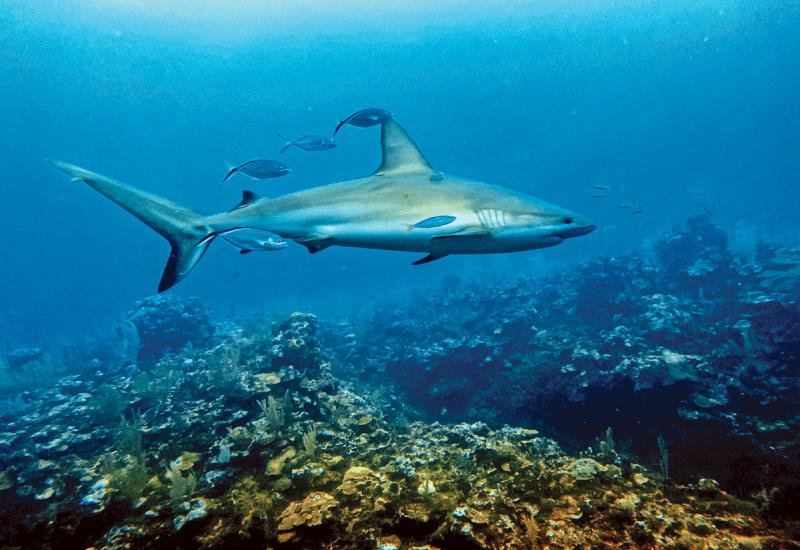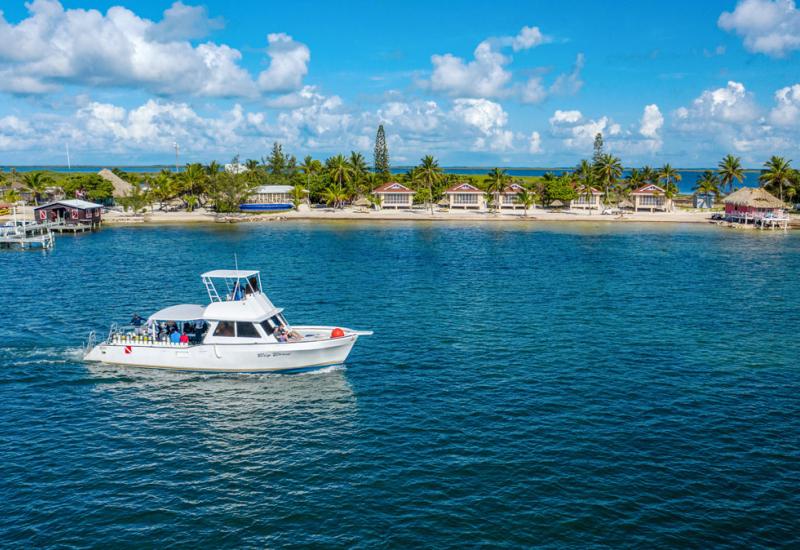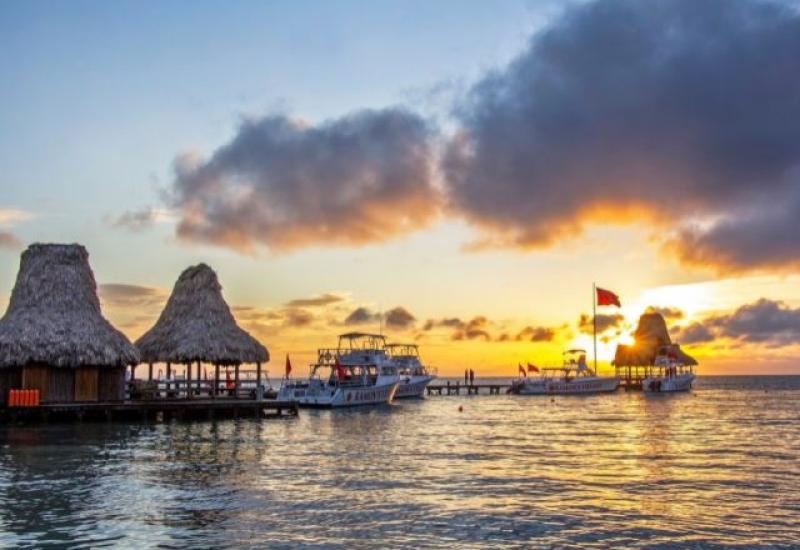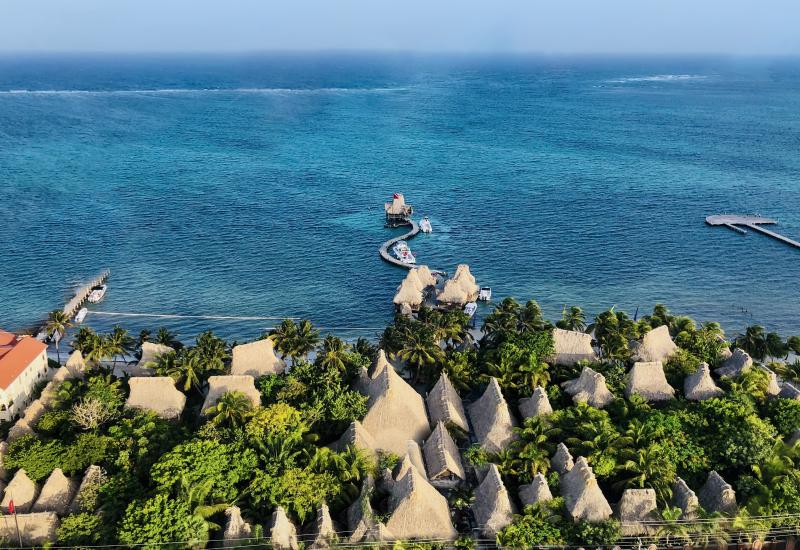What It's Like To Be Caught in a Current Underwater

WHAT IT'S LIKE TO BE CAUGHT IN A CURRENT
Diving in Belize took a scary turn for one diver.
Steven P. Hughes
Ambergris Caye was a short hop on a 12-seater from mainland Belize. Looking out from its eastern shore, my wife and I could see Belize Barrier Reef, a white vapor-trail line dividing the aqua lagoon from the darker cobalt-blue sea beyond.
In the lagoon fanking the reef is an area designated Hol Chan Marine Reserve, named by the Mayans for a channel that cuts through the reef. Shallow and teeming with wildlife, the reserve seemed an undemanding start to our dive vacation.
Visibility in Hol Chan’s aquariumlike habitat was excellent, so my dive-buddy wife was able to watch me from some distance as I wandered of toward the channel to take pictures.
When it was time to head back, she signaled me to join her. Swimming toward her, I became aware of the current for the first time.
I had been working against it all along but had been preoccupied taking pictures. The current was caused by an outgoing tide that fowed toward the cut behind me.
I struggled to make progress. At 73, I’m in great shape, but I started to tire.
I couldn’t overcome the surge as my legs began to give out. Worse yet, I soon started being pulled backward, facing the grim prospect of being torn out of control through the channel and out to sea. I was using air at an alarming rate. I had to do something quick.
As my wife watched helplessly, I dropped to the bottom, desperately clawing at the sand and grabbing fistfuls of turtle grass to pull myself along. I made progress one foot at a time, setting a course parallel to the reef and out of the main tidal stream.
Finally, I got far enough from the channel that I managed to escape the brunt of the current. I gave my wife a thumbs-up to ascend, and we bobbed up 30 feet to the surface, where we got the attention of the divemaster. With strong, young legs, he helped me back to the boat, exhausted but safe.
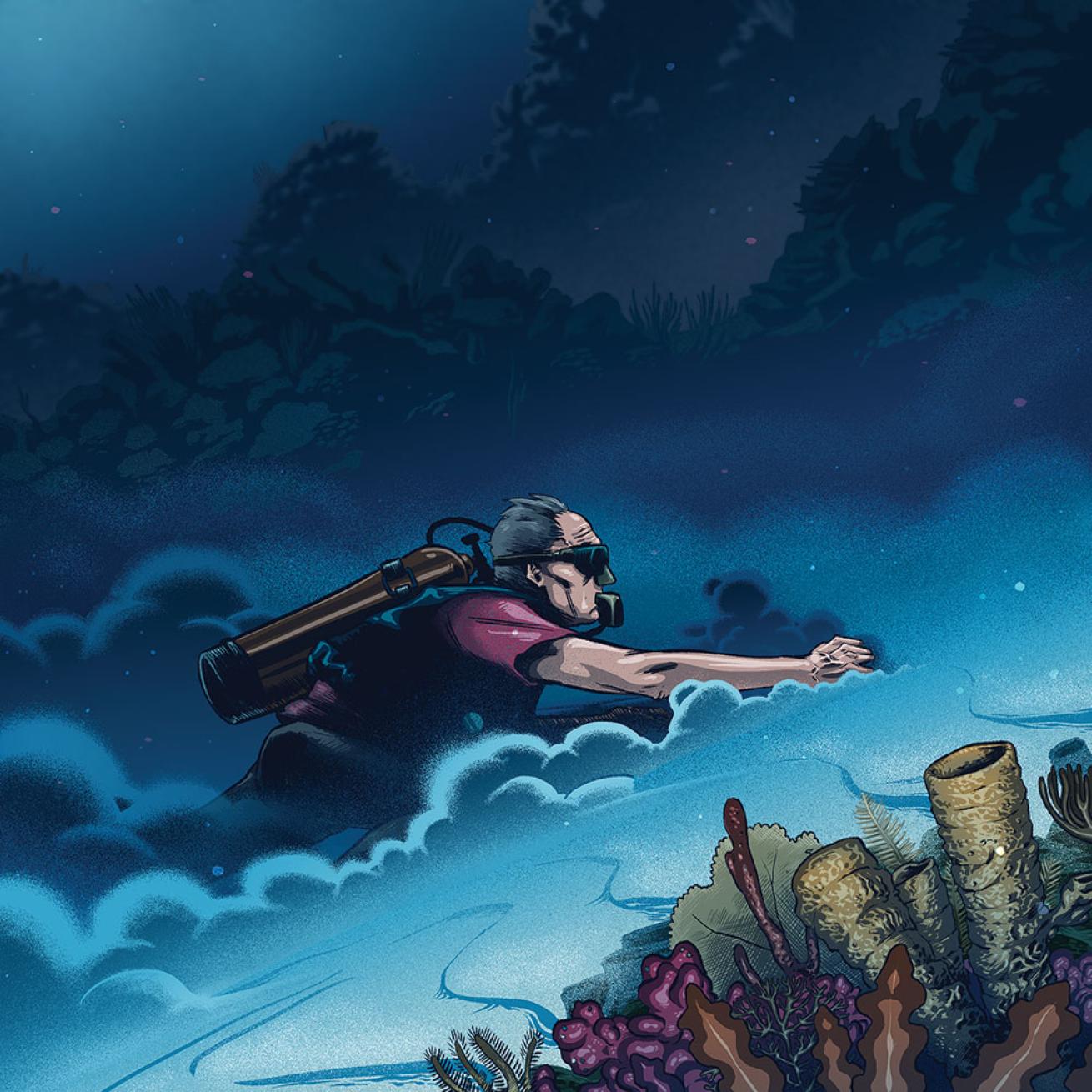
Steven P. HughesWHAT IT'S LIKE TO BE CAUGHT IN A CURRENT
Diving in Belize took a scary turn for one diver.
Ambergris Caye was a short hop on a 12-seater from mainland Belize. Looking out from its eastern shore, my wife and I could see Belize Barrier Reef, a white vapor-trail line dividing the aqua lagoon from the darker cobalt-blue sea beyond.
In the lagoon flanking the reef is an area designated Hol Chan Marine Reserve, named by the Mayans for a channel that cuts through the reef. Shallow and teeming with wildlife, the reserve seemed an undemanding start to our dive vacation.
Visibility in Hol Chan’s aquarium-like habitat was excellent, so my dive-buddy wife was able to watch me from some distance as I wandered off toward the channel to take pictures.
When it was time to head back, she signaled me to join her. Swimming toward her, I became aware of the current for the first time.
I had been working against it all along but had been preoccupied taking pictures. The current was caused by an outgoing tide that flowed toward the cut behind me.
I struggled to make progress. At 73, I’m in great shape, but I started to tire.
I couldn’t overcome the surge as my legs began to give out. Worse yet, I soon started being pulled backward, facing the grim prospect of being torn out of control through the channel and out to sea. I was using air at an alarming rate. I had to do something quick.
As my wife watched helplessly, I dropped to the bottom, desperately clawing at the sand and grabbing fistfuls of turtle grass to pull myself along. I made progress one foot at a time, setting a course parallel to the reef and out of the main tidal stream.
Finally, I got far enough from the channel that I managed to escape the brunt of the current. I gave my wife a thumbs-up to ascend, and we bobbed up 30 feet to the surface, where we got the attention of the divemaster. With strong, young legs, he helped me back to the boat, exhausted but safe.

